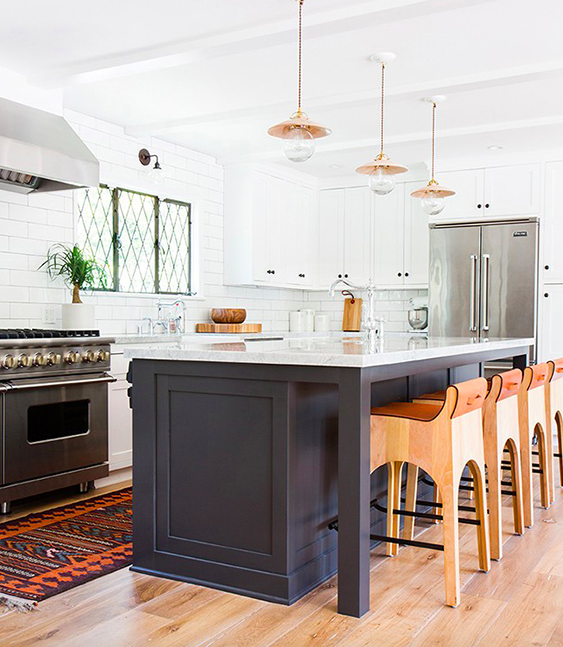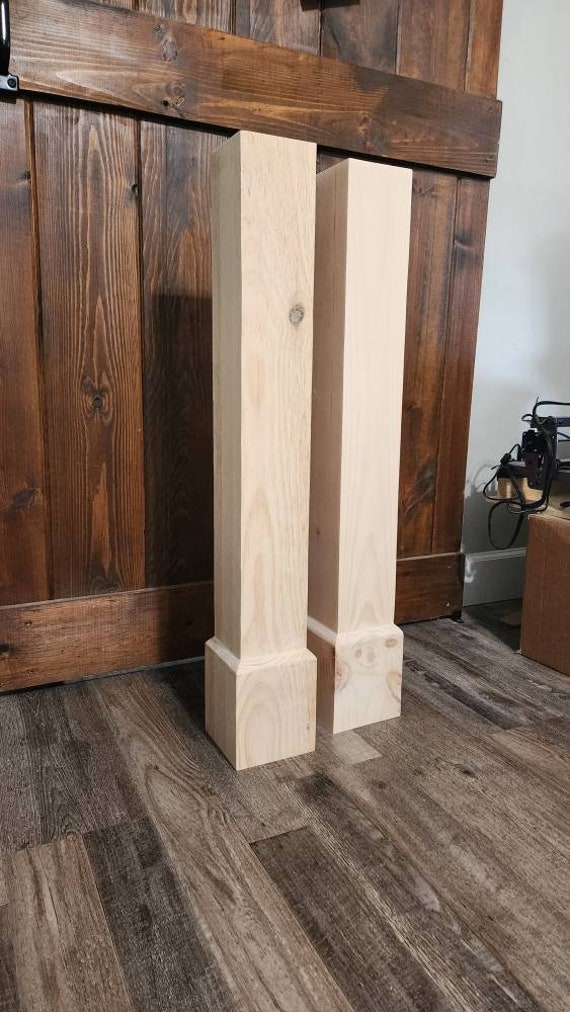Necessary Tips for Selecting the Perfect Kitchen Island Leg for Your Home
Necessary Tips for Selecting the Perfect Kitchen Island Leg for Your Home
Blog Article
Top Factors To Consider When Selecting a Cooking Area Island Leg for Modern Kitchen Area Insides
In the world of modern-day kitchen area interiors, the option of a kitchen area island leg is pivotal, affecting both looks and performance. Key considerations consist of the choice of materials that integrate with contemporary layout, as well as the leg's security and support to ensure long-lasting performance. Furthermore, elevation and proportions must be thoughtfully reviewed to preserve a natural look. As these aspects link, they raise better questions regarding just how to accomplish the excellent balance between design and practicality, leaving one to consider the effects of each choice on the total kitchen area experience.
Material Selections
When it pertains to choosing a cooking area island leg, product selections play a vital role in both aesthetic appeals and functionality. kitchen island leg. One of the most usual materials include timber, steel, and composite choices, each offering possible disadvantages and distinct advantages
Timber is preferred for its heat and classic appeal, supplying an ageless look that complements various kitchen designs. It is very versatile, allowing for personalization in terms of coatings and shades. Nevertheless, wood may require even more upkeep to stop bending or damages from wetness.
Steel, on the various other hand, brings a contemporary and industrial flair to kitchen islands. Stainless-steel and functioned iron are preferred selections, recognized for their longevity and resistance to put on. They can endure the rigors of daily use yet may do not have the warmth related to wood.
Composite products, such as engineered wood or artificial blends, provide a balance between rate, toughness, and appearances. These options are frequently made to resemble the appearance of natural materials while offering resistance to scratches and spills.
Eventually, the choice of material ought to straighten with the overall kitchen area design and meant usage, ensuring that the kitchen area island leg is both practical and visually attractive.
Style and Layout
The design and style of a cooking area island leg considerably add to the total aesthetic of the space, enhancing the picked material. When choosing the leg style, take into consideration the building style of the cooking area. For instance, smooth, minimal legs made from stainless-steel or acrylic harmonize with contemporary designs, while ornate, transformed wood legs boost typical or farmhouse appearances.
In addition, the surface of the leg can influence the visual effect; a polished chrome or matte black surface may evoke contemporary elegance, while troubled timber speaks with rustic charm. The leg's form likewise plays a critical duty-- right, angular forms communicate an even more industrial feel, whereas rounded or conical legs present a softer, much more inviting appearance.
Including decorative components, such as carvings or decorations, can add individuality and personality to the kitchen island, more enhancing its duty as a prime focus. Inevitably, the picked leg style must not just straighten with the overall kitchen area layout but likewise reflect the house owner's individual taste, ensuring that the cooking area island ends up being a unified and functional centerpiece within the modern-day cooking area interior.
Elevation and Percentages
Achieving the ideal elevation and proportions for a cooking area island leg is crucial for both performance and aesthetics. Cooking area islands generally vary in height from 28 to 36 inches, depending upon their intended usage-- whether as a food preparation surface area, eating location, or work space. Requirement counter top height is roughly 36 inches, making it necessary that the legs you choose complement this height to supply a smooth, integrated look.
Percentages likewise play a vital duty in the aesthetic balance of the kitchen. The dimension and weight of the leg need to be in consistency with the total style of the island - kitchen island leg. A slim leg may be proper for a minimalistic or contemporary island, while a more considerable leg may be required for rustic or traditional layouts. Furthermore, take into consideration the spacing in between the legs; appropriate range guarantees convenience and convenience of activity around the island.
When choosing the height and percentages of the kitchen area island leg, maintain in mind the overall design motif of your kitchen area. This attention to detail not only improves the capability of the room but likewise contributes to a aesthetically appealing and cohesive interior decoration.
Stability and Support
Constantly guaranteeing stability and support in cooking area island legs is essential for both safety and security and performance. A sound kitchen island have to endure day-to-day use, including weight from appliances, food preparations, and celebrations. As a result, the selection of legs must focus on durable products and styles that can give sufficient support.
When assessing stability, consider the leg's material-- light weight aluminum, steel, or wood often use superior toughness compared to lighter choices. Additionally, the style should include a wide base to distribute weight equally and minimize the risk of tipping or tottering. Legs designed with an A-frame or cross-bracing can significantly enhance stability.

Integrating these considerations will certainly not only enhance the total safety of the cooking area space however additionally improve the longevity and performance of the kitchen island, making it a beneficial centerpiece in contemporary kitchen area insides.
Ending Up Touches
When it pertains to finishing a kitchen island, thoughtful finishing touches can considerably improve both its visual charm and performance. Picking the ideal leg style is important, however matching it with proper information can change the entire area. Consider including attractive elements such as toe kicks or walls that match the cabinetry or floor covering to produce a smooth appearance.

A cohesive shade scheme and product option will certainly elevate the cooking area island, making it a fascinating focal point. By paying interest to these ending up touches, homeowners can create a cooking area island that is both beautiful and functional, catering to their lifestyle and layout preferences.
Final Thought

In the realm of modern-day kitchen interiors, the choice of a kitchen area island leg is critical, affecting both looks and performance.The design and style of a kitchen island leg dramatically contribute to the general aesthetic of the room, complementing the picked material.Accomplishing the best height and proportions for a kitchen island leg is crucial for both performance and visual appeals.Consistently making sure stability and support in cooking area island legs is important for both safety and security and capability.In recap, choosing a over here kitchen area island leg for modern-day interiors needs cautious factor to consider of material options, layout style, elevation, proportions, and stability.
Report this page